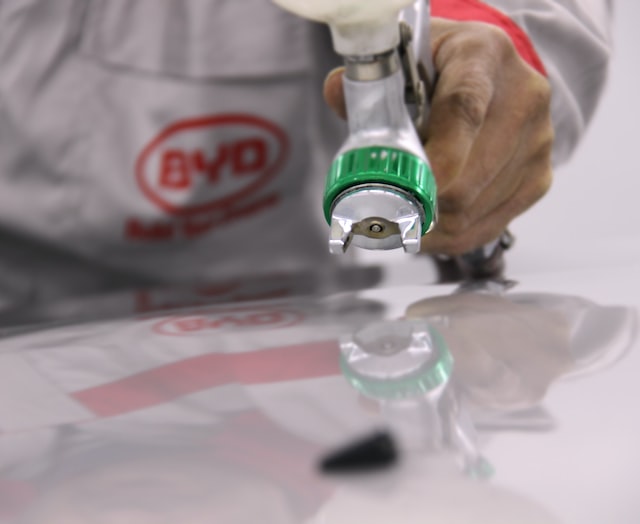Granulometry in powder painting
As it is one of the most important factors when applying powder coatings. It is convenient to know what is the granulometry in powder coating. Particle size distribution is known as granulometry. That is, how many particles of a certain size are in the powder paint and their relationship to the other sizes. And measuring these relationships is important to avoid problems. At Morlopin, your paint factory, we know the powder coatings manufacturing process very well.
If the particles are very coarse, they can clog the venturis of the guns. Poor penetration, insufficient performance may also occur. In addition to bad finishes such as “orange peel”.
On the other hand, if the paint has very fine particles, the risk of explosion increases. This is not very frequent. And the risk, under normal conditions, is very low. But it is a real risk that increases the smaller the paint particles are.
How is particle size controlled in powder coating?
Morlopin’s Quality Control department is in charge of powder coating particle size control. A technique called laser diffraction is used for this purpose. In this process, the paint sample is illuminated with a laser beam that undergoes diffraction depending on the size of the particles it encounters. By measuring this diffraction throughout the test, the ratio of particles of each size can be determined.
Thanks to the measurement, the milling and processing parameters are adjusted so that the paint particles are of a suitable size. Since the mill is equipped with a particle sizing system, the particle size produced during grinding and packaging is modified. And it modifies the particle size produced during grinding and packaging. Due to a change in speed.
Data provided by the study
- Particle size. Which is the particle diameter measured in microns (thousandths of a millimeter).
- Quantity. It measures the amount of particles that have a certain diameter. It usually appears as a fraction of the total. For example 0.10 would be 10%.
- Average particle size. This makes it easy to buy several paints.
- Particle size below which there is 10% of the product. This allows us to know the amount of fines. The higher the value, the less fines there are.
- Particle size below which there is 90% of the product. This indicates the amount of coarse particles. The lower the value, the less coarse particles there are.

